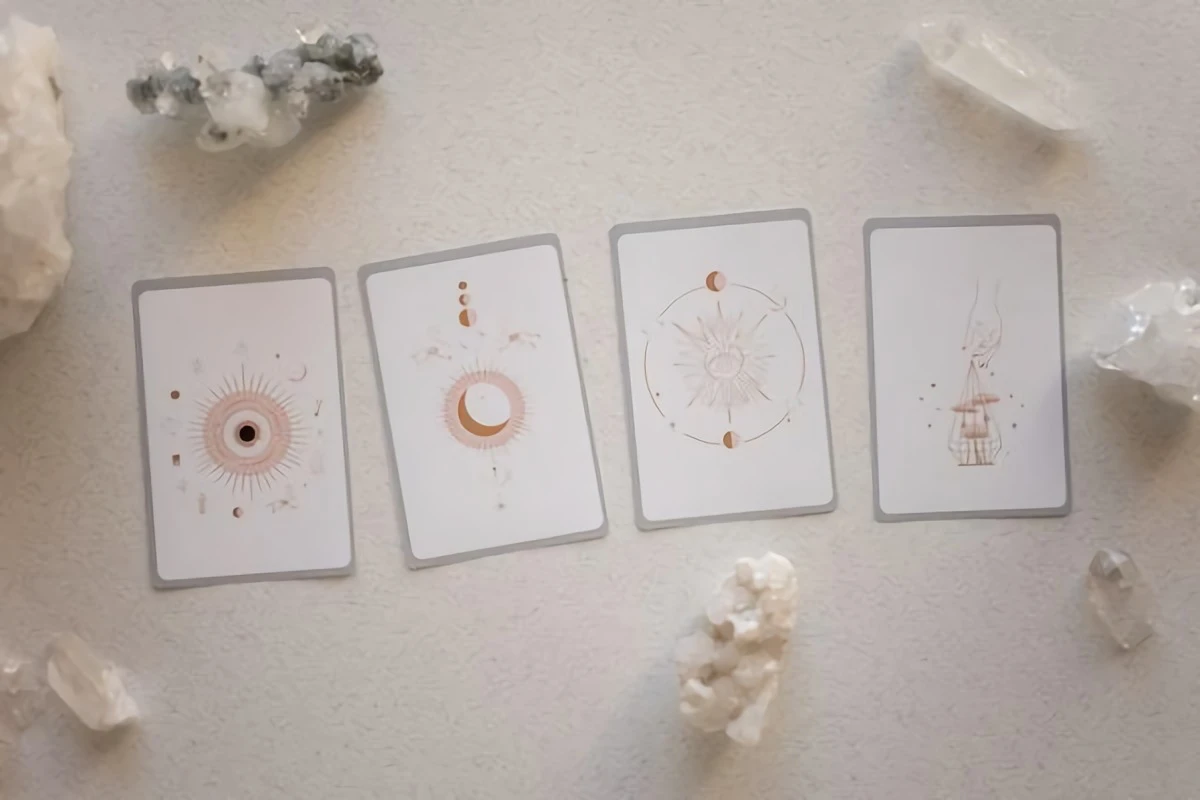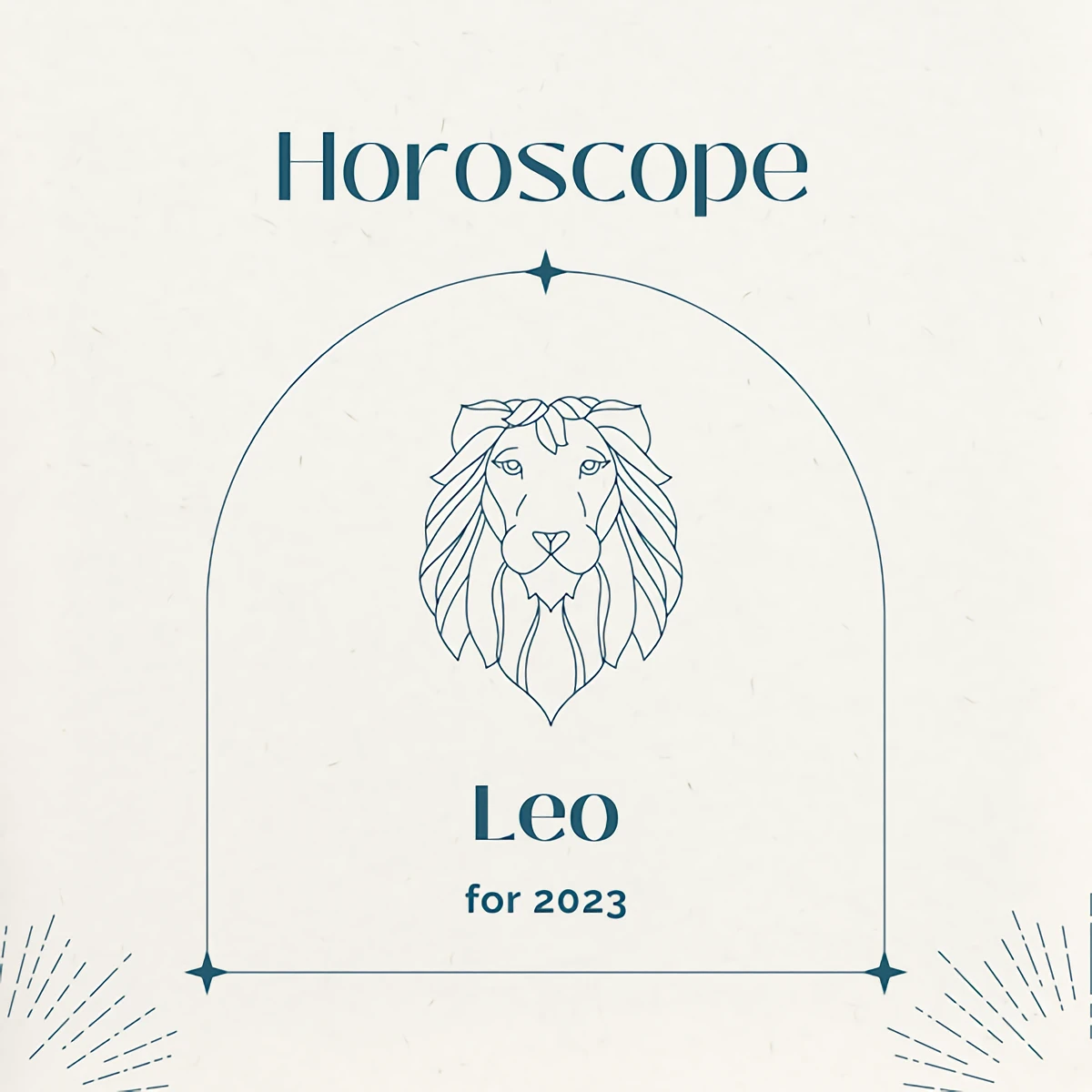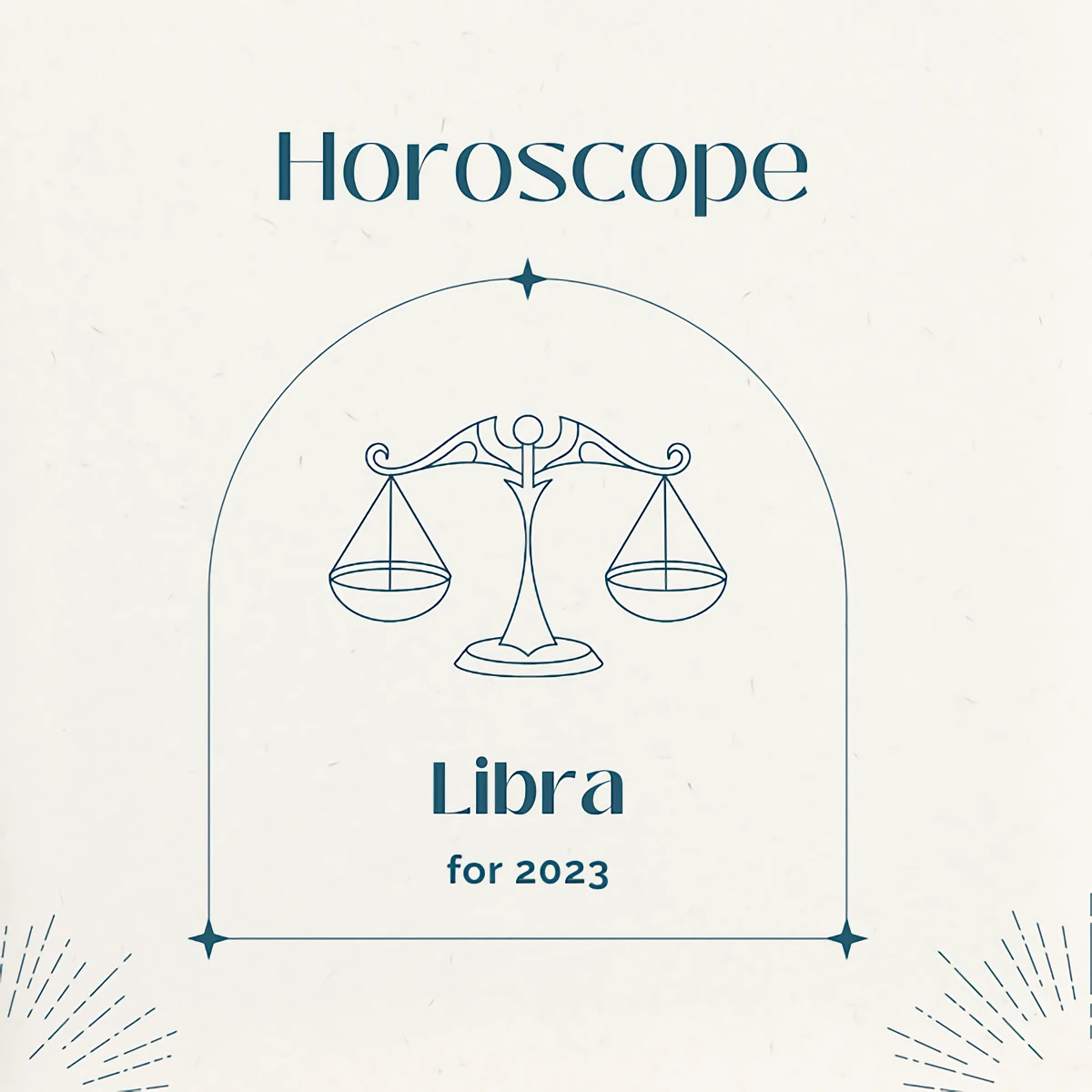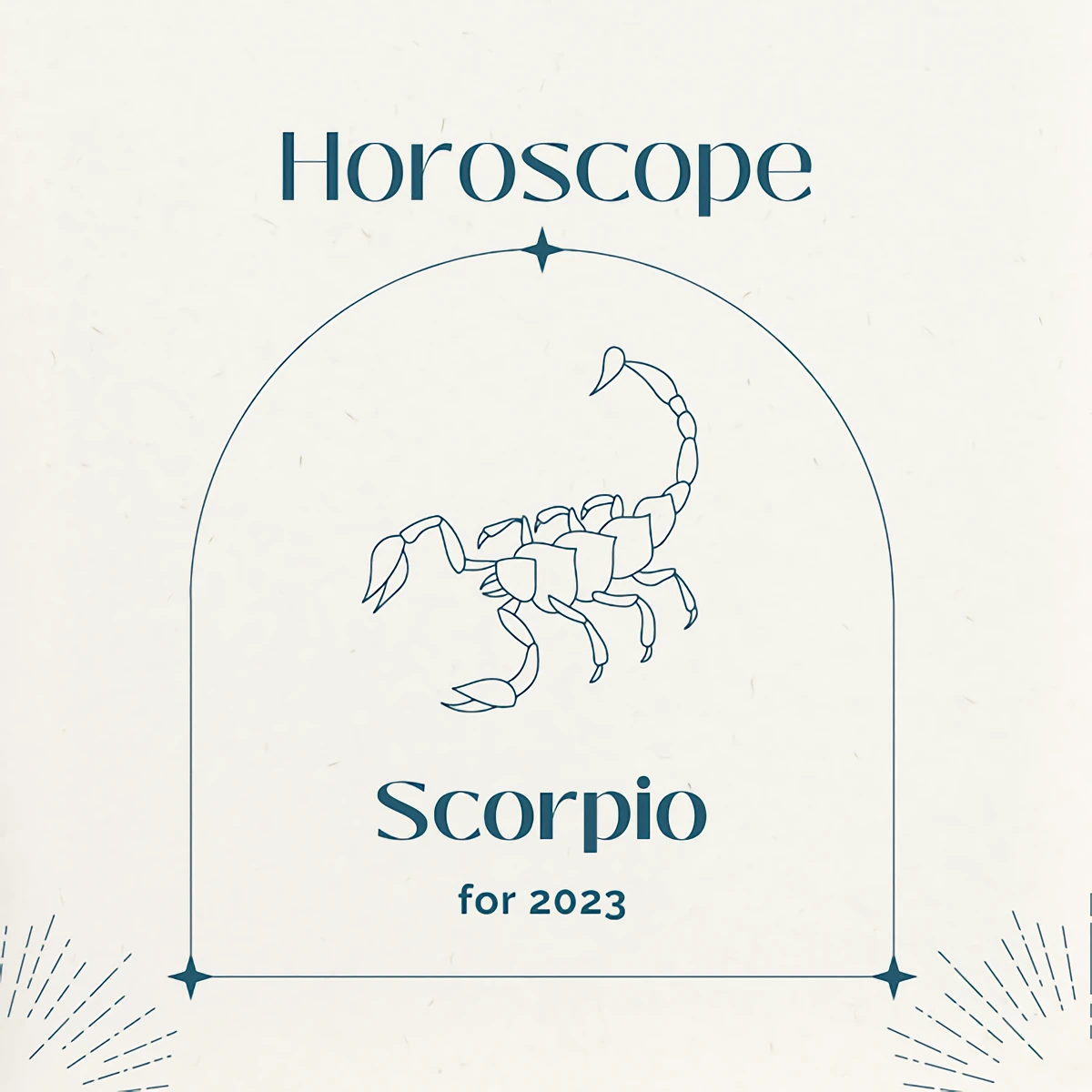How to Actually Read Your Birth Chart (And Understand Yourself Better)
For years, I’ve sat down with people, a coffee between us, and a map of the sky from the moment they were born. This map, their natal chart, is what we talk about. And you know what? No one ever asks for winning lottery numbers. They come with real, human questions about their lives, their weird recurring patterns, and what they’re supposed to be doing here. They just want to understand themselves. That’s the real magic of astrology.
In this article
So many of us get our first taste of astrology from a sun-sign column in a magazine. They’re fun, for sure, but it’s like trying to describe the entire state of New York with a single word. It just doesn’t work. Real astrology is personal. It’s all about your unique birth chart, which is a snapshot of the heavens at the precise moment you took your first breath.
And let’s get one thing straight: this map doesn’t doom you to a specific fate. I’ve seen way too many people overcome so-called “difficult” charts to ever believe that. Think of it as a blueprint of your personal toolkit. It shows your natural strengths, your default settings, and the specific challenges you’re meant to work through. Understanding it isn’t about predicting the future; it’s about understanding yourself so you can navigate the future with more wisdom.

In this guide, I’m going to skip the fluff and share the foundational method the pros use. We’ll break down the pieces, see how they fit together, and get you started on reading the unique story that’s all yours.
The Architecture of a Birth Chart
Okay, at first glance, a birth chart can look like a complicated circle full of weird symbols. But don’t let it intimidate you. It’s built on a few core ideas. We look at the sky from our perspective here on Earth—not because we think we’re the center of the universe, but because we’re trying to understand how these cosmic energies affect a life lived right here.
To get an accurate chart, the birth data has to be spot-on: the date, the location, and the exact time. Heads up! A time that’s off by even five minutes can shift really important points, which can change the whole story. When you’re ready, you can get a free, high-quality chart from sites like Astro.com or Astro-Seek. They use professional-grade astronomical databases, so you know you’re getting the real deal.

Your chart has three main components you need to know:
First up is the Zodiac. Picture a 360-degree belt around the Earth where the planets seem to travel. We slice that circle into twelve 30-degree sections. Those are the zodiac signs, from Aries to Pisces. Each sign is a different flavor of energy, a specific style of doing things. Modern Western astrology uses a system that’s tied to the seasons, so the first day of spring always kicks off Aries season. It connects us directly to the Earth’s cycles.
Next, you’ve got the Planets. These are the characters in your personal drama. Each one represents a core part of you. Mars is your drive, Venus is your approach to love and money, and Mercury is how you think and talk. We’ll get into these more in a bit.
Finally, we have the Houses. If the planets are the actors and the signs are the roles they’re playing, then the houses are the different stages, or areas of your life, where the action happens. The horizon line at your exact moment of birth determines the layout of these twelve houses, which cover everything from your identity and career to relationships and money.

The Three Pillars of Chart Reading
Learning to read a chart is a lot like learning an instrument. You have to know the notes before you can play a song. I always teach my students to focus on three foundational pillars. Once you get these, you can start weaving everything together.
Pillar 1: The Planets (The ‘What’)
The planets are the active energies in your chart. They are the ‘what.’ They represent your basic psychological drives. Here’s a quick rundown of the major players and their symbols (or glyphs), so you can spot them in your own chart.
The Personal Planets (Your Core Personality):
- The Sun (): This is your core identity, your ego, your basic life force. It’s the hero of your story.
- The Moon (): This is your emotional world. It’s your instincts, your moods, and what you need to feel safe and nurtured.
- Mercury (): This is your mind. It shows how you think, learn, and communicate.
- Venus (): This is all about your values. It governs how you love, what you find beautiful, and how you attract things (and people!).
- Mars (): This is your will. It’s your ambition, your drive, and how you go after what you want.
The Social & Generational Planets (Your Connection to the World):

- Jupiter (): The planet of expansion and luck. It shows where you seek growth and find opportunities.
- Saturn (): The planet of structure and discipline. Saturn points to where you have to do the hard work to build something real and lasting. It’s your inner teacher.
Oh yeah, there are also the outer planets—Uranus, Neptune, and Pluto. They move very slowly and represent huge, generational forces of change and transformation. For now, just focus on the personal ones.
Pillar 2: The Signs (The ‘How’)
The signs describe how a planet’s energy gets expressed. It’s the style or flavor. Mars, the planet of action, is going to act very differently in fiery, impulsive Aries than it will in calm, practical Virgo.
Here’s a pro shortcut: grouping the signs by element and modality.
- The Elements (Your Energetic Fuel):
Fire (Action): Aries, Leo, Sagittarius
Earth (Practicality): Taurus, Virgo, Capricorn
Air (Intellect): Gemini, Libra, Aquarius
Water (Emotion): Cancer, Scorpio, Pisces
- The Modalities (Your Method of Operating):
Cardinal (Initiating): Aries, Cancer, Libra, Capricorn
Fixed (Sustaining): Taurus, Leo, Scorpio, Aquarius
Mutable (Adapting): Gemini, Virgo, Sagittarius, Pisces
Knowing this is so helpful. For example, if you have a lot of planets in Fixed signs, you’re probably super reliable and determined, but you might dig your heels in when it comes to change. It’s not a judgment—it’s just an observation about your energetic wiring.

Pillar 3: The Houses (The ‘Where’)
The houses show where in your life these energies play out. A planet in a house pinpoints the area of life where that planet’s drama unfolds.
Quick tip: The line on the left side of the chart, often marked ‘AC,’ is your Ascendant. That’s the starting line of your 1st House, which is all about you—your personality, your appearance, and how you greet the world.
From there, the chart is divided into 12 houses. For example, the 2nd House is about your money and self-worth, the 7th House is about partnerships, and the 10th House is your career and public image. So, if you have Venus (love, value) in the 10th House of career, your professional life might be a source of great pleasure, or you might be drawn to a career in the arts.
Your First 5 Minutes With Your Chart
Feeling overwhelmed? Totally normal. Let’s make this practical. Go get your free chart from Astro.com or Astro-Seek, and let’s take a look together. Don’t try to understand it all at once. Just find these three things:

- Find Your Ascendant (AC). Look for the line on the left side of the circle labeled ‘AC’. The sign it’s in is your Rising Sign. This is your social mask, the ‘vibe’ you give off to people when they first meet you.
- Find Your Sun (). Locate the little circle-with-a-dot symbol. Note the sign it’s in and the house number it’s located in. This tells you what your core identity is (the sign) and where in your life you’re meant to shine (the house).
- Find Your Moon (). Now find the crescent moon symbol. Just like with the Sun, note its sign and house. This reveals how you process emotions (the sign) and where you seek comfort and security (the house).
That’s it! Just knowing your Sun, Moon, and Ascendant gives you a surprisingly deep look into your core personality. We call this your “Big Three.”
Putting It All Together: Aspects
Once you know the planets, signs, and houses, the next step is looking at how they talk to each other. These connections are called Aspects, which are basically just geometric angles between planets.
- A Square (90°) is a tense angle. It’s like two parts of you are in a constant argument. But here’s the secret: squares create friction, and that friction forces you to grow. They build character.
- A Trine (120°) is an easy, flowing angle. This represents your natural talents, the things that come so easily you might not even notice them.
- An Opposition (180°) creates a push-pull dynamic. It asks you to find balance between two competing parts of your life, like your need for a relationship versus your need for independence.
For example, let’s say your Sun is in ambitious Capricorn in the 10th house of career, and it’s square to Mars in assertive Aries in the 7th house of partnership. This creates a classic work/life balance dilemma. Your drive to succeed at work (Sun) is in direct conflict with your need for independence and action in your relationships (Mars). The goal isn’t to pick one, but to find a way for both to coexist. Maybe that means finding a partner who is just as independent, or building a career that involves partnership in some way.
A Word on Different Systems
By the way, the system I’m describing is generally known as Western Tropical astrology, which grew out of ancient traditions in the Mediterranean and Middle East. You might also hear about Vedic astrology (or Jyotish), which is a profoundly deep system from India.
The main difference is that they use a different zodiac. So, your Sun sign might be different in a Vedic chart. Neither is right or wrong; they’re just different languages describing the same sky. An ethical astrologer will be clear about the system they use and respect the validity of others.
Safety, Ethics, and Finding a Good Astrologer
Astrology is an incredibly powerful tool, and that means we have to be responsible with it. A good reading should leave you feeling empowered and clear, not scared or dependent.
Honestly, a common mistake beginners make is fearing planets like Saturn or Pluto. They get a bad rap. But in my experience, these are the planets that trigger our most profound growth. I once had a client who was terrified of a major Saturn transit to her Moon, fearing she’d be lonely and depressed. We reframed it as a time to build true emotional self-sufficiency. She started therapy, built a solid daily routine, and learned to be her own rock. It was a tough period, but she came out of it feeling stronger and more grounded than ever before.
If you decide to get a professional reading, here are a few things to keep in mind:
- Red Flag
1: Fatalism.
Anyone who tells you something is “fated” to happen and you have no choice is a huge red flag. The chart shows potentials, not a prison sentence. You always have agency. - Red Flag
2: Scary Predictions.
Be very wary of astrologers who predict death, divorce, or disaster without any constructive context. The goal is empowerment, not fear. - Red Flag #3: Crossing Boundaries. And this is the big one: an astrologer is NOT a therapist, doctor, or financial advisor. If an astrologer sees stress indicators around health, their only job is to suggest you see a medical professional. Period.
Good to know: A professional, in-depth reading usually lasts 60-90 minutes and can cost anywhere from $150 to over $400, depending on the astrologer’s experience. See it as an investment in yourself.
Your Turn to Explore
Getting to know your birth chart is a lifelong journey of self-discovery. It’s a tool for compassion, helping you understand why you are the way you are.
So here’s a little challenge for you: Generate your chart. Find your Venus (). What sign is it in? What house is it in? What does that tell you about what you truly value and where you find beauty and connection in your life? Start there. You might be surprised by what you find.
Inspirational Gallery with Photos
Your Cosmic Trinity: The First Three Keys
Before you dive into the deep end, focus on your
Astrology represents the summation of all the psychological knowledge of antiquity. – C.G. Jung
The famous psychoanalyst Carl Jung used birth charts with his patients, believing they offered a profound map of the human psyche. He saw the planets and archetypes not as literal forces dictating events, but as symbols of the different functions and drives within us. For Jung, understanding your chart was a powerful tool for self-realization.
What are the ‘houses’ in my chart?
Think of the 12 houses as the stage or setting where the drama of your life unfolds. If the planets are the actors and the signs are the roles they play, the houses are the specific areas of life—like the 1st House of Self, the 4th House of Home and Family, the 7th House of Partnership, or the 10th House of Career—where their energy is most potent. Your chart shows which planets landed in which life departments.
Don’t get stuck on a single interpretation. A challenging Saturn placement, for instance, isn’t a life sentence for hardship. It’s an invitation to build discipline, resilience, and mastery in that area of your life. The most empowering way to see difficult “aspects” (the angles between planets) is as cosmic personal trainers, pushing you to develop your greatest strengths.
Placidus: This is the most common house system, based on the time of day. It creates houses of varying sizes, which many astrologers feel provides more nuance for psychological interpretation.
Whole Sign: An ancient and increasingly popular system where each house neatly corresponds to one zodiac sign, starting with the sign of your Ascendant in the 1st house. It’s often considered cleaner and more straightforward for beginners.
Many modern apps like TimePassages or Astro-Seek let you toggle between them to see which resonates more.
Go beyond the screen: Once you have your chart, print it out. Get a few colored pens and physically trace the connections between the planets. Mark the flowing aspects (trines and sextiles) in one color and the challenging ones (squares and oppositions) in another. This tactile interaction helps move the information from your head to your gut, making the abstract patterns feel more personal and real.
- Gain profound clarity on your relationship needs.
- Identify your core wound and the path to its healing.
The secret? Look beyond the main planets. Modern astrology often incorporates asteroids to add incredible depth. Check the placement of Juno, the “partnership” asteroid, for insights into commitment. And look to Chiron, the “wounded healer,” to understand your most sensitive point and your greatest gift to others.
A 2021 study revealed that over 27% of Americans believe in astrology.
This resurgence isn’t just a trend; it reflects a deep, collective desire for a framework of meaning outside of traditional structures. In a world of uncertainty, a birth chart offers a personalized language for our inner chaos, providing validation and a sense of cosmic connection that feels both ancient and incredibly modern.
A common mistake: Focusing only on the zodiac signs. The sign is just the *adjective*. The real power is in the *noun*—the planet. For example, rather than just saying “I have Scorpio,” ask “*What* in my chart is in Scorpio?” A Scorpio Mars (planet of action) behaves very differently from a Scorpio Venus (planet of love), which is different still from a Scorpio Moon (planet of emotion).
Ready to take your chart on the go? Mobile apps offer a new way to interact with your cosmic blueprint. For a robust, learn-as-you-go experience with detailed explanations, try the TimePassages app. If you prefer a more modern, social, and AI-driven daily interpretation (with a healthy dose of edgy humor), Co-Star is the go-to. For a gentler, chat-based approach with live astrologers available, Sanctuary offers a friendly entry point.










